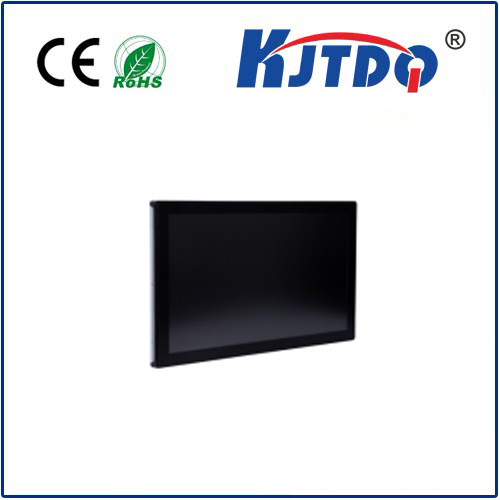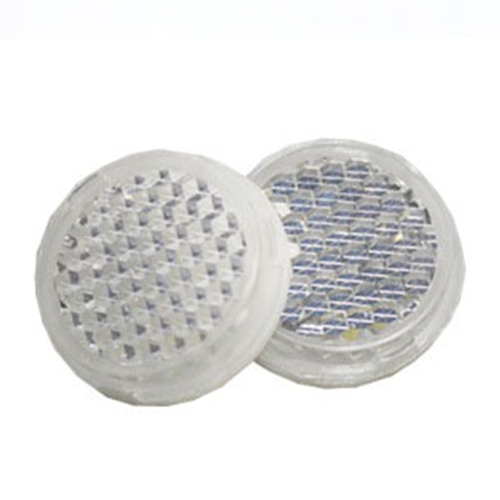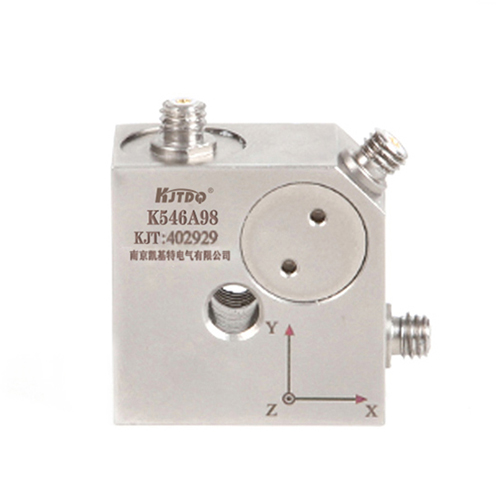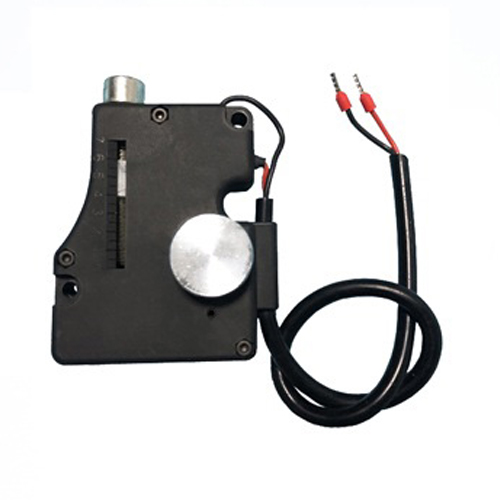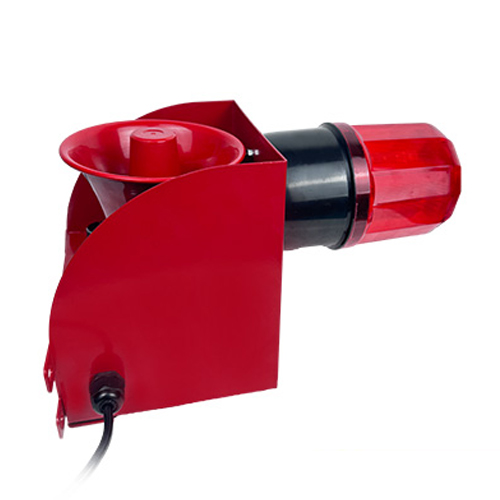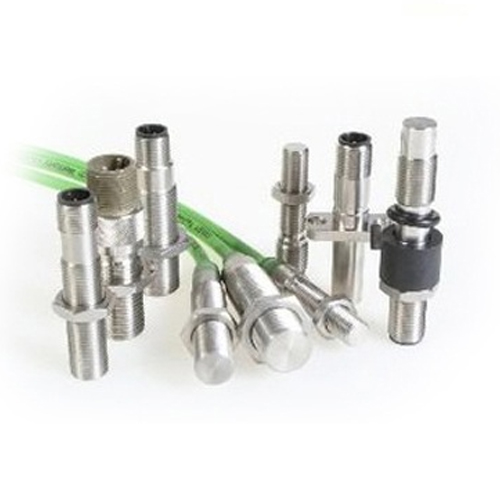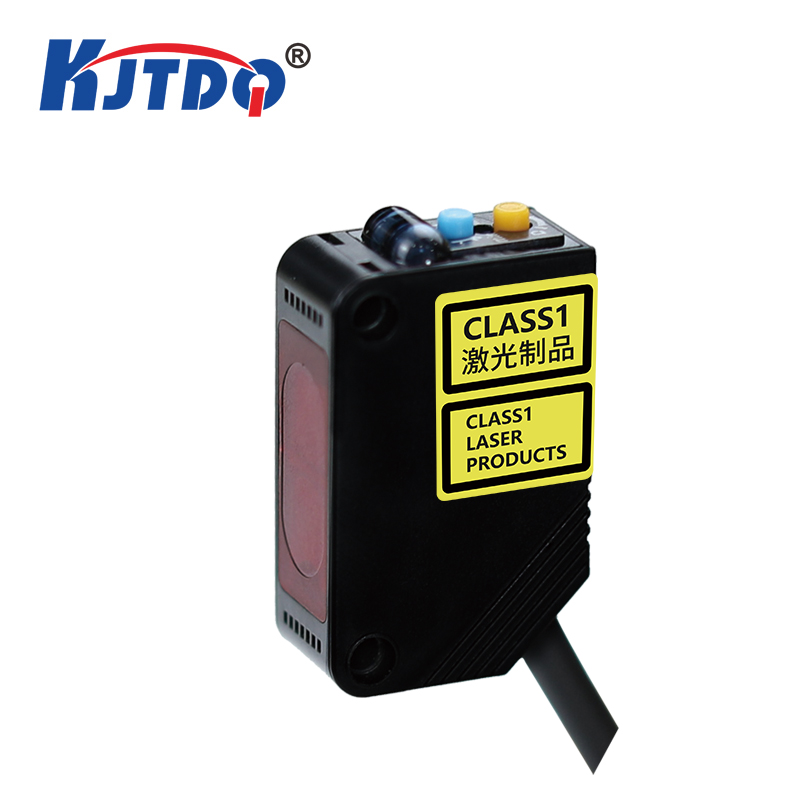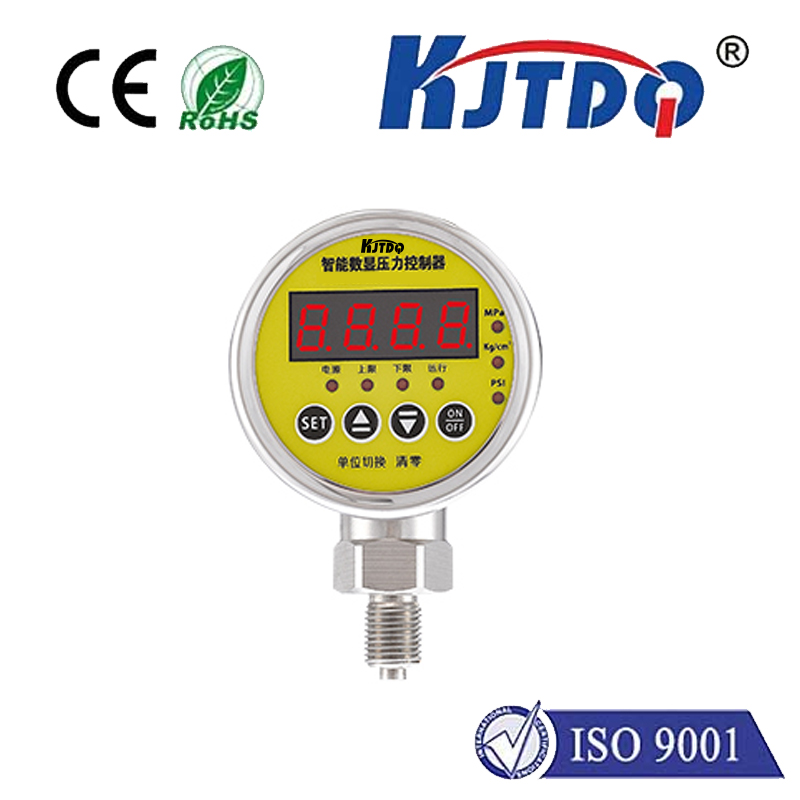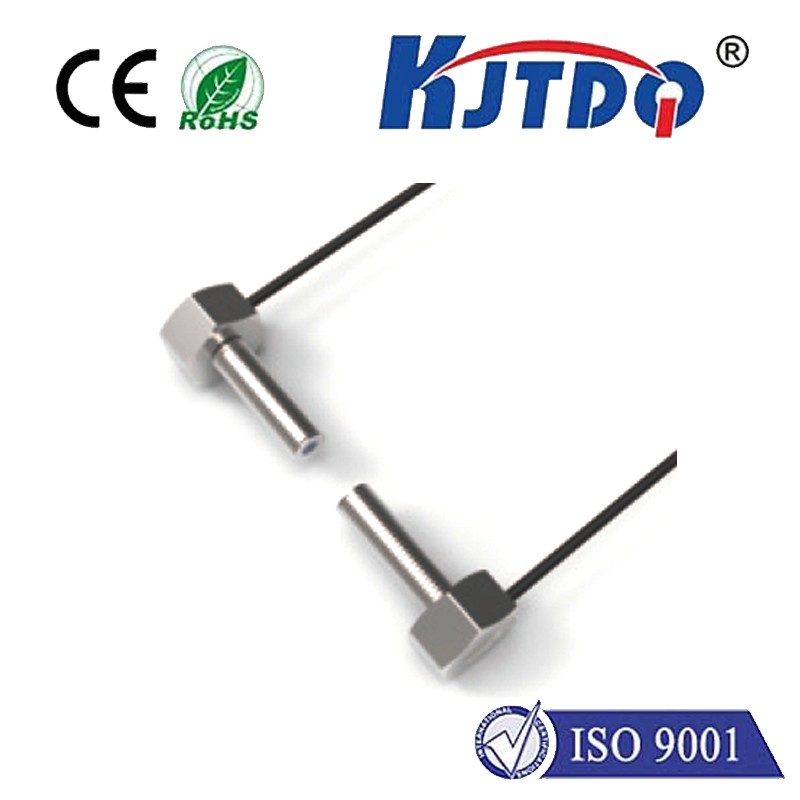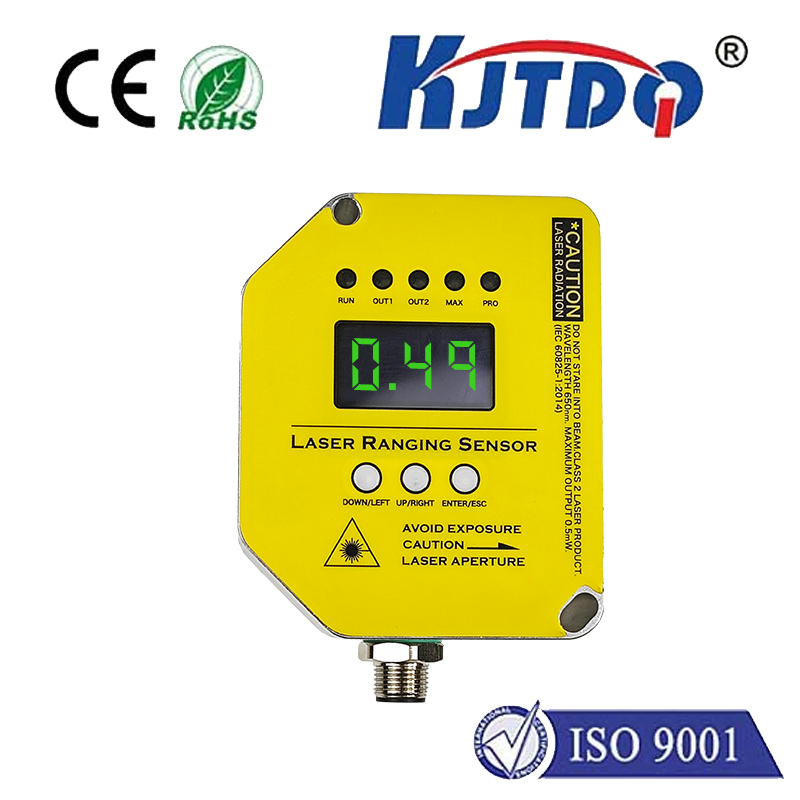BES00N4 proximity sensor
- time:2025-10-15 07:12:56
- Click:0
BES00N4 Proximity Sensor: Enhancing Precision in Industrial Automation
Ever grappled with a production line hiccup caused by a misaligned part or a robotic arm fumbling its target? In the high-stakes world of industrial automation, reliability and precision aren’t just ideals; they’re absolute necessities. Downtime is costly, and inefficiency erodes profits. Enter the humble yet indispensable proximity sensor, particularly models engineered for rugged dependability like the BES00N4. This robust device operates silently behind the scenes, acting as the critical eyes of countless machines, ensuring smooth operations by detecting the presence or absence of objects without physical contact. Understanding its capabilities is key to optimizing modern manufacturing.
The Core Function: Non-Contact Detection
At its heart, the BES00N4 Proximity Sensor is an inductive sensor. This means it generates an electromagnetic field around its active sensing face. When a metallic object enters this field, it induces eddy currents within the metal, causing a change in the sensor’s internal oscillation circuit. The sensor detects this change and triggers a solid-state electronic switch (usually providing a PNP or NPN output signal). This entire process happens without any physical touch, eliminating wear and tear, reducing maintenance needs, and enabling incredibly fast response times – crucial factors in high-speed automation environments.
Why the BES00N4 Stands Out

While numerous proximity sensors exist, the BES00N4 is specifically designed to thrive in demanding industrial settings. Its characteristics make it a preferred choice for engineers and maintenance technicians:
- Robust Build & Environmental Resilience: The BES00N4 Proximity Sensor typically boasts a high IP (Ingress Protection) rating (often IP67 or higher). This signifies excellent resistance against dust infiltration and the ability to withstand temporary immersion in water. Constructed from durable materials like nickel-plated brass or stainless steel, it can endure mechanical shocks, vibrations, and exposure to oils or coolants common on factory floors.
- Standardized Dimensions & Mounting: Featuring an industry-standard M12 threaded barrel form factor, the BES00N4 integrates seamlessly into existing machine designs and mounting points. This plug-and-play compatibility simplifies installation, replacement, and system scalability using readily available M12 connector systems.
- Optimized Sensing Performance: Key specifications define its effectiveness:
- Sensing Range: This model is often associated with a specific nominal range (e.g., 2mm or 4mm for ferrous metals). It’s critical to select the correct range for the application to ensure reliable detection without false triggers.
- High Switching Frequency: Capable of detecting objects hundreds or even thousands of times per second, the BES00N4 is ideal for applications involving rapidly moving parts, high-speed counting, or precise positioning verification on conveyor lines.
- Repeat Accuracy: It provides highly consistent detection at its specified sensing point, ensuring reliable process control.
- Voltage Range: Designed to operate reliably within common industrial DC voltage ranges (typically 10-30V DC).
- Output Configuration: The BES00N4 is commonly available in both PNP (sourcing) and NPN (sinking) output configurations. Understanding the control system’s input requirements (PLC, controller) is essential for choosing the correct version to ensure seamless signal transmission. Look for the specific suffix (e.g., BES00N4-P… or BES00N4-N…) indicating the output type.
Real-World Applications: Where the BES00N4 Shines
The versatility of the BES00N4 Inductive Proximity Sensor makes it ubiquitous across industries:
- Position Verification: Confirming the presence of a part on a fixture, pallet, or conveyor belt before a machine operation begins.
- End-of-Stroke Detection: Signaling when a cylinder or linear actuator has fully extended or retracted.
- Object Counting: Accurately tallying products, bottles, or components moving rapidly past a point on a production line, leveraging its high switching frequency.
- Robotics: Providing feedback on tooling presence/absence or detecting the proximity of the robot arm to fixtures for collision avoidance or precise positioning.
- Level Monitoring: Detecting the presence of metal targets in bins or hoppers to indicate minimum or maximum fill levels.
- Machine Safety: Acting as part of interlocks to confirm guards are closed or components are correctly positioned before machinery operates.
Installation and Integration Best Practices
Maximizing the performance and longevity of your BES00N4 Proximity Sensor involves proper setup:
- Correct Mounting: Ensure the sensing face is flush and aligned correctly with the target path. Avoid installing near large masses of metal outside the intended target area, as this can influence the sensing field.
- Respect the Sensing Range: Position the sensor so that the target enters well within its nominal sensing distance. Account for factors like target material (ferrous steel offers the longest range, non-ferrous metals like aluminum or brass have reduced ranges), size, and shape.
- Mind the Environment: While robust, avoid direct impact, excessive buildup of metallic debris on the sensing face, or immersion beyond its rated IP depth/duration. Use appropriate brackets if significant vibration is present.
- Wiring: Connect the sensor according to its data sheet (brown = +V, blue = 0V, black = signal output for PNP). Ensure cable connections are secure using M12 connectors or suitable cable glands. Pay attention to polarity.
- Electrical Protection: Consider using suppression diodes or transient voltage suppressors, especially in environments with inductive loads (motors, solenoids) connected to the same power supply, to protect the sensor’s output circuit from voltage spikes. Connecting the sensor to a PLC input card requires matching the correct sensor output type (PNP/NPN) to the input configuration.
Choosing the Right Sensor
The BES00N4 is a specific model with defined characteristics. When selecting a proximity sensor:
- Confirm Material: Inductive sensors like the BES00N4 detect metal. For non-metallic objects, capacitive, ultrasonic, or photoelectric sensors are needed.
- Verify Specifications: Double-check the required sensing distance, switching frequency, voltage, output type (PNP/NPN), and IP rating against your application’s demands. The suffix on the part number (e.g., BES00N4-S04-E0-V1) provides this critical detail.
- Consider the Target: Factor in the target’s size, shape, material (especially for non-ferrous metals), and approach speed. Smaller targets or non-ferrous materials might require a sensor with a shorter nominal range than its maximum capability for reliable detection. Proximity sensors are the silent sentinels ensuring the complex choreography of modern industry flows without interruption. Models engineered for resilience and performance, like the BES00N4, are fundamental building blocks for achieving the precision, speed, and reliability demanded by today’s automated processes. Their non-contact operation, robust construction, and consistent performance make them an indispensable component in the engineer’s toolkit, directly contributing to enhanced productivity and reduced downtime. Understanding their function and proper application is key to unlocking their full potential in any industrial setting.






